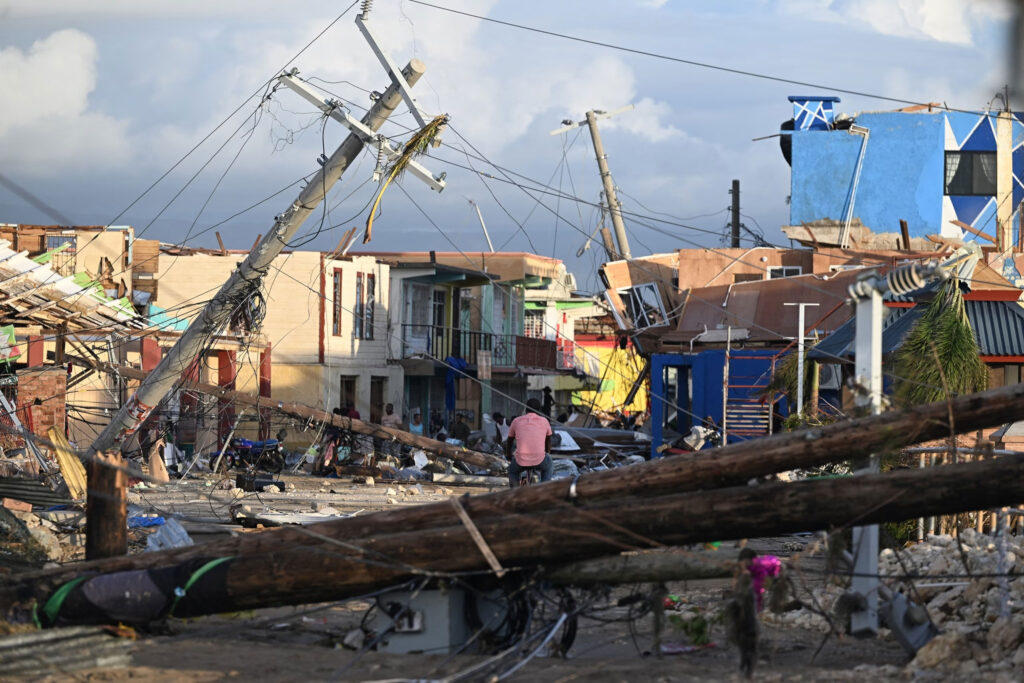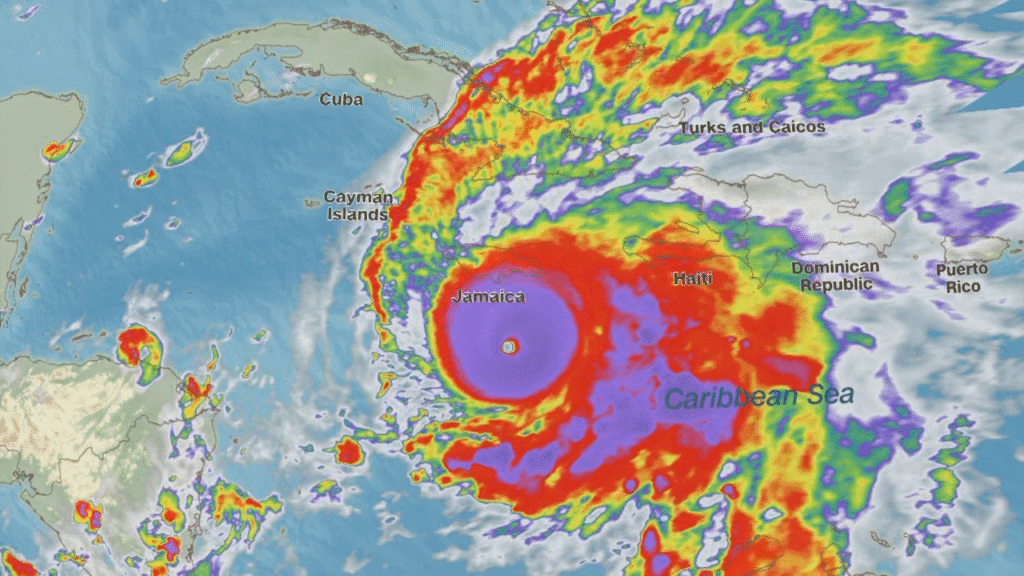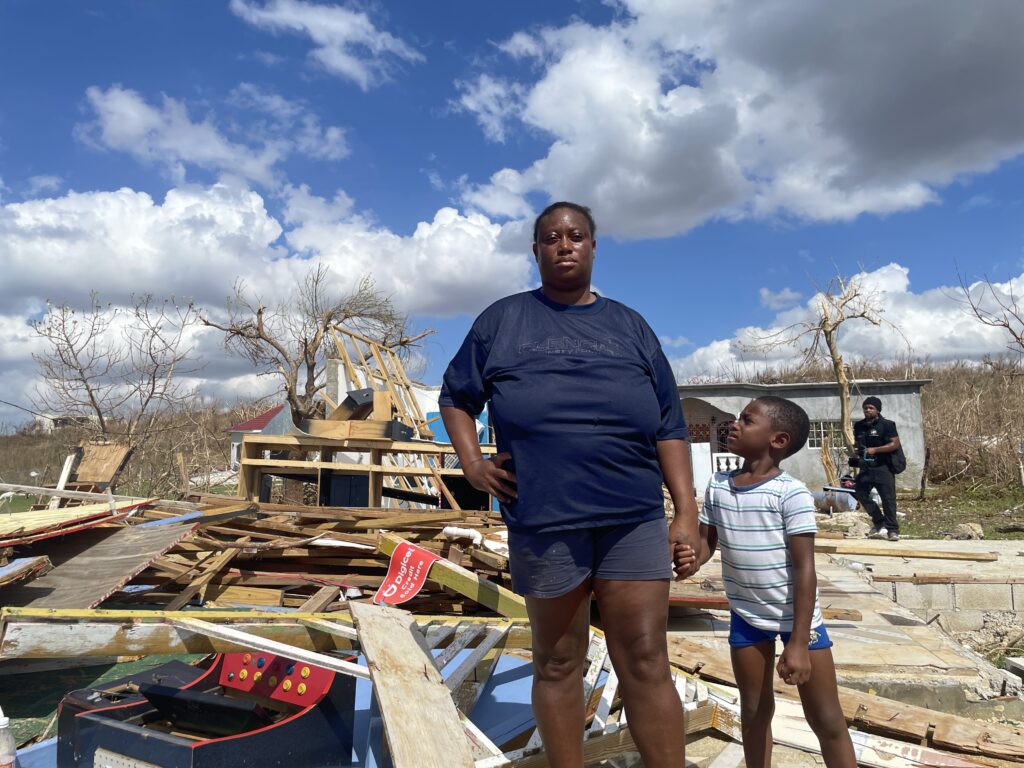On October 28, 2025, Jamaica endured a profound tragedy as Hurricane Melissa, a monstrous Category 5 storm, made landfall on the southwestern coast. Described as one of the most powerful storms ever recorded in the Atlantic and the worst to hit the area since 1988, Melissa brought sustained winds of up to 185 mph, leaving behind a trail of unprecedented devastation across the island.

Weeks into the aftermath, the true cost is being tallied not just in dollars, but in the personal stories of a nation fighting for survival and rebuilding.
🏡 Personal Stories of Devastation and Hope
The hurricane didn’t just strip away zinc roofs; it stripped away livelihoods, history, and a sense of normalcy.
In Black River, St. Elizabeth, one of the hardest-hit areas, the level of destruction has been described as total. Nearly 90% of the housing stock was severely damaged or completely destroyed. For residents like Sylvester Guthrie of Lacovia, the hurricane left him with only his bicycle—the one possession of value he still held. As he looked at the ruins of his home, his experience underscored the harsh reality faced by over 1.5 million Jamaicans impacted by the disaster.

Another resident, Keith from New Hope, recounted kneeling behind plywood for hours as Melissa raged, only to emerge and find his home, his business, and parts of his community in ruins. Yet, even amid the “sense of hopelessness” mentioned by others, the initial response was pure Jamaican resilience. Residents were immediately seen with chainsaws and machetes, bushwacking their way to clear debris and open roads, desperate to reach supplies and begin the monumental task of rebuilding.
The death toll, confirmed at over 32 fatalities, is a sobering number that is tragically expected to rise as access improves to cut-off communities.
📉 Catastrophic Economic and Infrastructure Collapse
The hurricane’s slow movement and intensity caused not just surface damage but a cascading infrastructure collapse.
- Economic Ruin: Initial damage estimates suggest a loss equivalent to nearly 30% of Jamaica’s Gross Domestic Product (GDP)—a staggering figure that will haunt the country’s economy for years. This represents an estimated loss of $6 billion to $7 billion.
- Infrastructure: Extensive damage to roads, bridges, power lines, and telecommunications has left large portions of the western and southern parishes without reliable electricity, water, or communication for weeks. More than 50% of the island was without power immediately following the storm.
- Agriculture (The Breadbasket Crisis): The parishes of Westmoreland, St. Elizabeth, and Trelawny—Jamaica’s primary “breadbasket”—bore the brunt of the agricultural damage. Preliminary assessments show losses of approximately $29.5 billion, affecting over 70,000 farmers. Damage to banana, plantain, vegetable, and poultry crops has created an immediate food security risk and will lead to an egg shortage, forcing the importation of goods usually produced locally.
- Health and Education: Over 50 health facilities in Jamaica were damaged, severely disrupting access to essential health services. Moreover, nearly 477,000 children across the Caribbean are experiencing significant disruptions to their schooling due to damaged or closed schools.
🤝 A Global Hand: International Aid and Relief Efforts
In the face of such overwhelming destruction, the international community has responded with significant aid and support, crucial for a Small Island Developing State facing a “compounding disaster trap.”
- United Nations & NGOs: The UN Development Programme (UNDP) and the World Food Programme (WFP) rapidly mobilized, allocating initial funding and airlifting food from hubs like Barbados to support thousands of households. The International Federation of Red Cross (IFRC) dispatched the first 64 tons of aid, including shelter kits, solar lamps, and tarpaulins, with Jamaican Red Cross volunteers working tirelessly on the ground.
- Country Support: The United Kingdom (UK) has been a major responder, deploying the Royal Navy’s HMS Trent to assist with infrastructure repair and sending a specialized UK Emergency Medical Team (UK EMT) of doctors, nurses, and midwives to operate mobile medical clinics in cut-off areas.
- Corporate and Military Aid: Private entities like Amazon donated a suite of portable technology, including solar-fueled batteries and satellite-powered Wi-Fi connectors, to power hospitals and police stations. Furthermore, US Marines from the 22nd MEU have been critical in airlifting relief supplies and setting up mobile air traffic control to facilitate safe humanitarian flights.
This coordinated effort is the foundation for Jamaica’s long and challenging recovery.









Hi, this is a comment.
To get started with moderating, editing, and deleting comments, please visit the Comments screen in the dashboard.
Commenter avatars come from Gravatar.